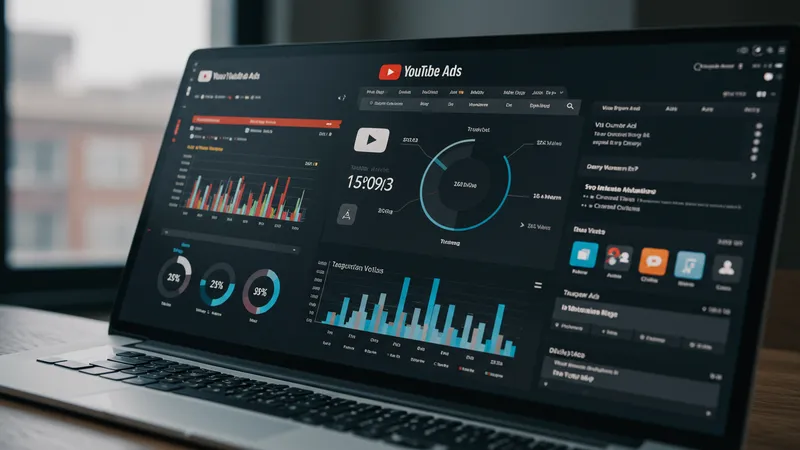
YouTube Ads Growth: Insights Into Trends And Marketing Opportunities
Targeting, Measurement, and Performance in YouTube Ads
YouTube’s advanced targeting capabilities underpin much of its appeal for marketers. Advertisers can segment audiences based on demographics, interests, viewing habits, and intent signals—enabling hyper-personalized ad delivery. TrueView and Bumper Ads both benefit from these granular targeting options, as stakeholders can tailor messages to users at various stages in the marketing funnel, improving campaign relevance and efficiency.

Measuring YouTube Ads’ success hinges on a range of performance metrics, such as view rate, watch time, impressions, and click-throughs. For TrueView, engagement is particularly important, as advertisers are billed only when viewers demonstrate genuine interest. Bumper Ads, focused on reach, depend primarily on CPM and ad recall uplift. Advertisers frequently use YouTube’s built-in analytics alongside external tools like TubeBuddy for deeper insights and actionable recommendations.
Retargeting and sequential messaging have become standard approaches for brands striving to maximize ROI. By tracking engagement across campaigns, marketers can serve follow-up ads to users who previously interacted with their content. For instance, a user who viewed a product demonstration TrueView ad might subsequently see a follow-up Bumper Ad spotlighting a special feature. Such strategies nurture attention spans and keep brands top-of-mind, reinforcing marketing objectives throughout the customer journey.
Benchmarking performance against industry averages and competitor activity is made easier by analytics platforms. TubeBuddy, for example, provides keyword competitiveness ratings and trend analyses, helping brands identify content gaps and emerging opportunities. These external metrics empower advertisers to make informed decisions and adopt best practices for continual improvement, ensuring investment in YouTube Ads translates to tangible results as the landscape evolves.